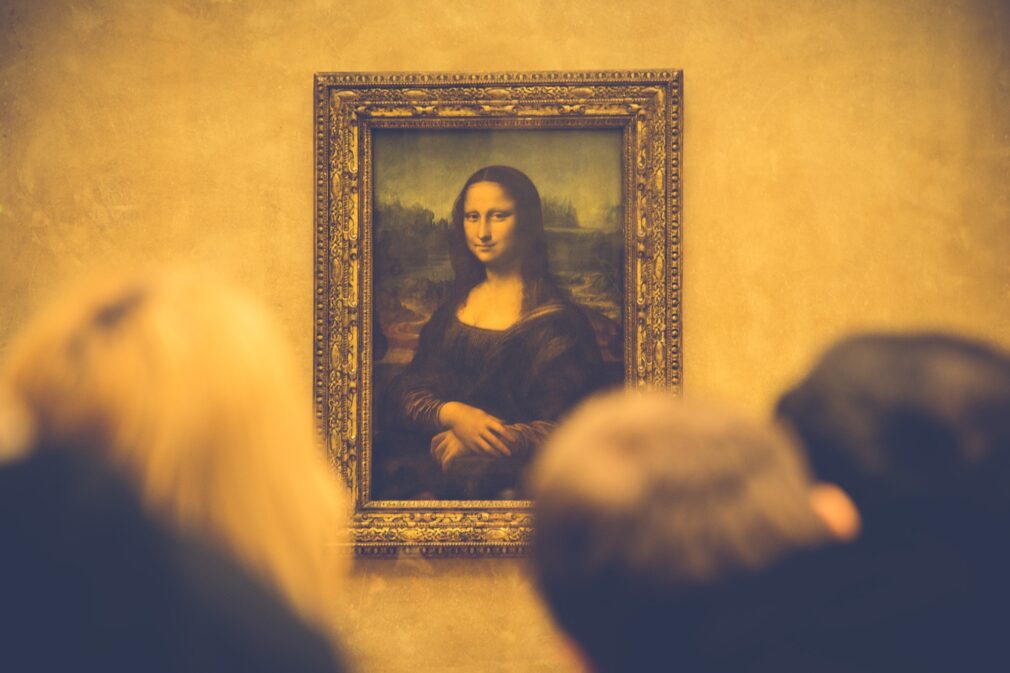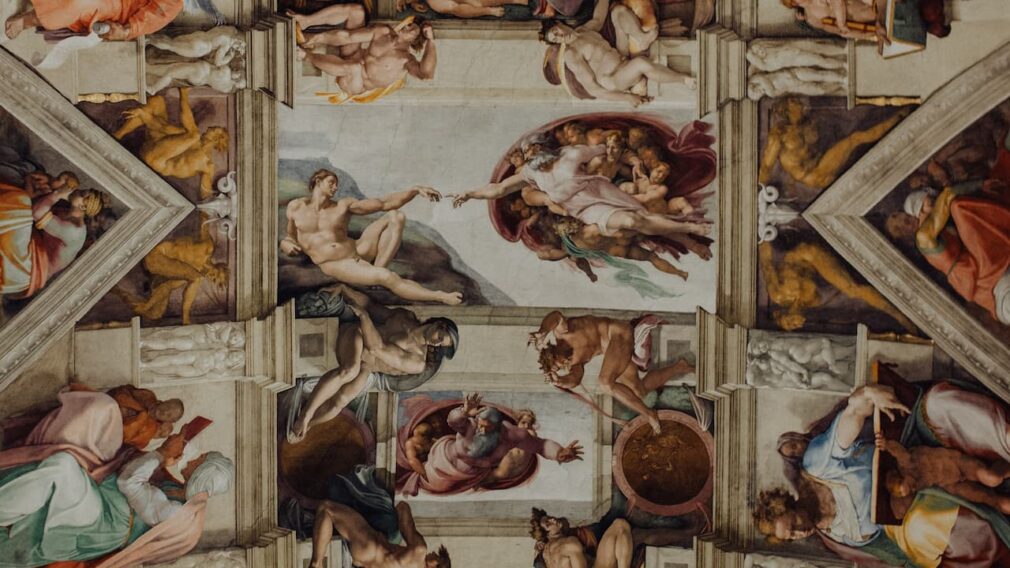Art lovers often go to museums to admire paintings created by prominent painters. They appreciate the play of light and shadow, the unusual palettes. Here are a few paintings worthy of particular attention.
The night guard
When listing famous paintings, Rembrandt’s The Night Guardsman should be highlighted. It was originally titled The Rifle Company of Captain Frans Bunning Cooke and Lieutenant Willem Reitenbürg and was popularly referred to as The Night Watch.
This is a group portrait commissioned by the Dutch Riflemen’s Guild. The subject is very patriotic and the lighting is masterful. But in spite of this, the clients were dissatisfied with the painting. They wanted a static ceremonial portrait, but were faced with an image of a crowd emerging from a darkened archway. No one could recognise themselves. The artist also added 16 other unidentified people to the painting.
The painting still adorned the building of the Rifle Society and remained there until 1750. After the society ceased to exist, the painting was moved to the town hall and had to be cut due to its large size.
The canvas hung in front of the fireplace for a long time, so it was covered in soot, dust and grime. Over time it became darker. In 1808, Rembrandt’s work ended up in a museum in Amsterdam. During the Second World War it was kept rolled up in a mountain cave.
After the end of hostilities it was restored and cleaned, removing the huge layer of soot that had created the effect of semi-darkness. In reality, the patrol leaves the arch at two o’clock in the afternoon, not at night.
Remarkably, this painting has been repeatedly assassinated.
Mona Lisa
Leonardo da Vinci’s paintings are famous throughout the world. The Mona Lisa, also called the Gioconda, stands out among them. The painting depicts a young woman who, according to legend, was the wife of the cloth merchant of Florence, Francesco del Giocondo, and her name was Mona Lisa. The painting was created between 1503 and 1505. Approximate age of the girl – 23-25 years. The canvas was painted by the most enigmatic artist of all time. Some people believe that the painting belongs to another painter, but there is no confirmation of that.

Leonardo da Vinci’s name is shrouded in many mysteries. When it comes to the Gioconda, it has been studied by scholars for hundreds of years. No one can answer precisely what kind of woman is depicted on the canvas and what the author is trying to say. There are hidden signs on the painting. Underlighting the canvas with ultraviolet light, the scientists realized that it has several layers and originally the girl looked different. Remarkably, the layers had been painted over several times.
One version is that the painting is not of a woman at all. Da Vinci was allegedly posed by a young man with whom he was likely to have an intimate relationship. After finishing the work, the painter didn’t give the canvas away but kept it for himself. Scholars are trying to understand why the painter did not want to part with it, but kept it with him until his death.
Ancient mills
Van Gogh’s paintings are highly regarded and Ancient Mills is no exception. One day the artist was walking around Arles and saw an old mill close to the edge of the village. He always liked the dilapidated buildings, but even more he liked the subject of peasant labour. It was these sentiments that he captured on the canvas.
The massive old mill is in the foreground, and the painter has succeeded in emphasising its dilapidated walls, crumbling brickwork and uneven roof.
In the background, the hills are depicted, while at the foot of the hills are farmers’ plots. In the compositional sense, they are separated from the mill building, highlighting the difference between the old and new ways of life in the countryside.
The creation of the sun and the moon
The Creation of the Sun and the Moon is a painting by Michelangelo Buonarroti. It is a fresco in the Sistine Chapel measuring 280 x 570 cm. The general idea of the creation, created under the assumptions of scientists in 1512, is not entirely clear. There are several compositions in the centre of the vault and it is not clear why the artist placed them that way. They start with ‘Noah’s Intoxication’ and end with ‘The Separation of Light from Darkness’. The sequence of events in the Bible was exactly the opposite. The meaning of the scenes and images in the compositions remains enigmatic.
Most likely, the artist wanted to demonstrate the apotheosis of man’s creative power, to glorify his bodily and spiritual beauty. He chose the early days of creation to create narrative frescoes.
Adam’s creation
The creation of Adam is based on a biblical subject. The painting was commissioned by Julius II and adorns the ceiling surface of the Sistine Chapel at the Vatican. The plan was to depict twelve apostles, but in the final stages over three hundred figures, representing Old Testament characters, were painted.

Michelangelo Buonarroti himself worked on this work. It reflects his many years of experience and his particular vision of the world. This fresco is one of the most famous pieces of art.
Fields of Rouen
The author of Fields of Rouen is Claude Monet, who painted it while he was living in Argantai. At the time, the artist created an entire collection of picturesque landscapes. One day he captured the ancient city of Rouen, which was the capital of Normandy. The subject is narrative, reflecting Monet’s writing style; he often used jagged, jagged brushstrokes. “The Fields of Rouen symbolise the calm course of life and the element, which lies dormant for a moment under the painter’s brush. Monet captured the still dormant nature, but in a peaceful slumber. The colour palette includes cool pink and lilac hues.